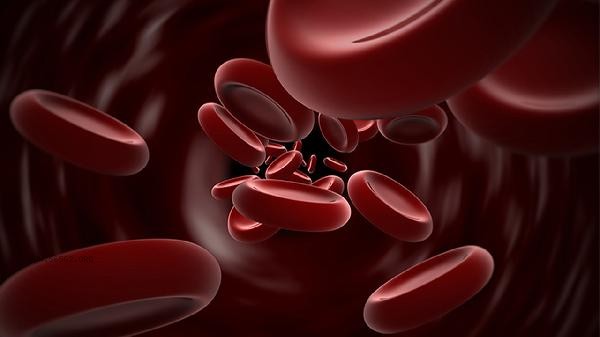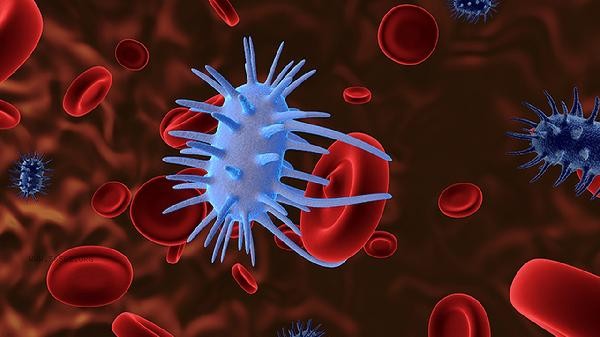High urine red blood cell count may be caused by urinary tract infections, kidney stones, nephritis, vigorous exercise, or menstrual pollution. Urinary system diseases, physiological factors, or specimen contamination are common causes that need to be comprehensively judged in conjunction with other indicators.

1. Urinary tract infection: When bacteria invade the urinary system and trigger an inflammatory response, the permeability of capillaries in the bladder or urethral mucosa increases, and red blood cells enter the urine through damaged blood vessel walls. Typical symptoms of frequent urination and urgency are accompanied by elevated white blood cells on urine routine examination. The treatment needs to select sensitive antibiotics based on the pathogen results, such as levofloxacin, cefuroxime, etc.
2. Kidney stones:
Scratches the renal pelvis or ureteral mucosa during the movement of the stones, leading to mechanical bleeding. Common sudden lumbar and abdominal colic accompanied by hematuria can be detected by ultrasound examination with high echogenicity stone shadows. Stones smaller than 6 millimeters can be expelled by drinking plenty of water and taking stone expelling particles, while larger stones require extracorporeal shock wave lithotripsy.
3. Nephritis:
Damage to the glomerular basement membrane leads to a decrease in the function of the red blood cell filtration barrier, resulting in deformed red blood cell urine. Often accompanied by proteinuria, edema, and hypertension, renal biopsy can clarify the pathological type. IgA nephropathy requires the use of valsartan to control proteinuria, while acute nephritis requires restriction of salt intake and bed rest. 4. Intense exercise: High intensity exercises such as marathons may cause temporary rupture of glomerular capillaries and transient hematuria. Usually disappears on its own within 24-48 hours, without pathological components such as proteinuria or tubular urine. It is recommended to replenish electrolytes in a timely manner after exercise to avoid dehydration and increase the burden on the kidneys.

5. Specimen contamination:
When collecting urine during menstruation, menstrual blood mixed into the specimen, or when males with foreskin too long do not clean their external genitalia, can cause pseudoerythrocytosis. It is necessary to avoid the menstrual period and collect clean midstream urine again. Men should thoroughly clean their foreskin before examination. When abnormal red blood cells are found in urine, it is advisable to avoid consuming spicy and stimulating foods, and to dilute urine with at least 2000 milliliters of water per day. It is recommended to choose low impact exercises such as swimming and yoga to avoid aggravating mucosal damage to the urinary system. Three consecutive morning urine rechecks still require morphological examination of red blood cells in urine to determine the source of hematuria and receive targeted treatment. Patients over 40 years old with painless hematuria should rule out the possibility of urinary system tumors and undergo cystoscopy or CT urography if necessary.









Comments (0)
Leave a Comment
No comments yet
Be the first to share your thoughts!